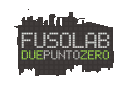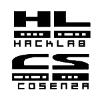Assorbimento potenza WRT54G/GL
Da alcuni giorni, studiando la possibilità di installare un AP alimentato da pannelli solari e quindi il dimensionamento del sistema di alimentazione, ci stavamo chiedendo quanto fosse l'assorbimento in corrente dell'AP WRT54G... ecco allora i risultati ottenuti da una semplice misura Volt-Amperometrica.
L'apparato in prova è un access point Linksys WRT54-G versione hw 2.2 con firmware DD_Wrt ver.23beta1. Sono state fatte varie prove con diverse potenze in trasmissione (Wireless disabilitato, 20mW, 100mW, 250mW) per verificare il reale consumo. L'AP è stato alimentato con l'alimentatore originale e per tutta la durata delle misure è stato generato del traffico sulle interfacce ethernet e wireless per simulare una reale condizione di funzionamento. I risultati sono i seguenti (in blu la curva della tensione con la relativa scala a destra e in rosso la corrente con la relativa scala a sinistra):
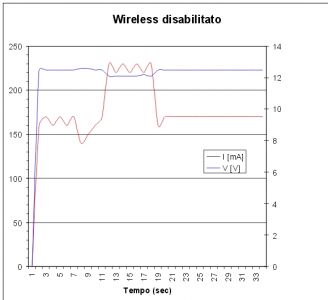
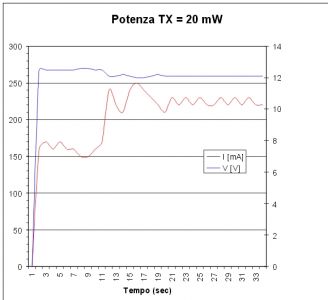
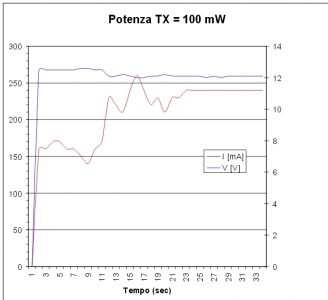
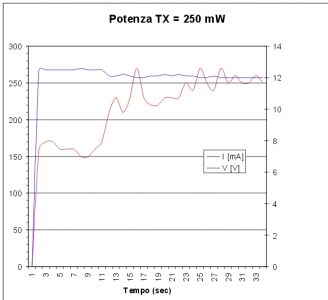
Grafico corrente/tensione assorbita dal WRT54G con il wireless disabilitato grafico corrente-tensione con potenza di 20 mW
In tutti i casi vediamo che la corrente assorbita, dopo un iniziale transitorio durante il boot e l'inizializzazione del dispositivo, si stabilizza su valori compresi tra 160 e 270 mA a seconda dei casi. In particolare la potenza assorbita nelle varie configurazioni e':
Nonostante il produttore dichiari una corrente nominale di 500mA@12V (6 Watt), in questa configurazione il consumo massimo risulta essere di 3 Watt.
fonte: www.byebywire.altervista.org



